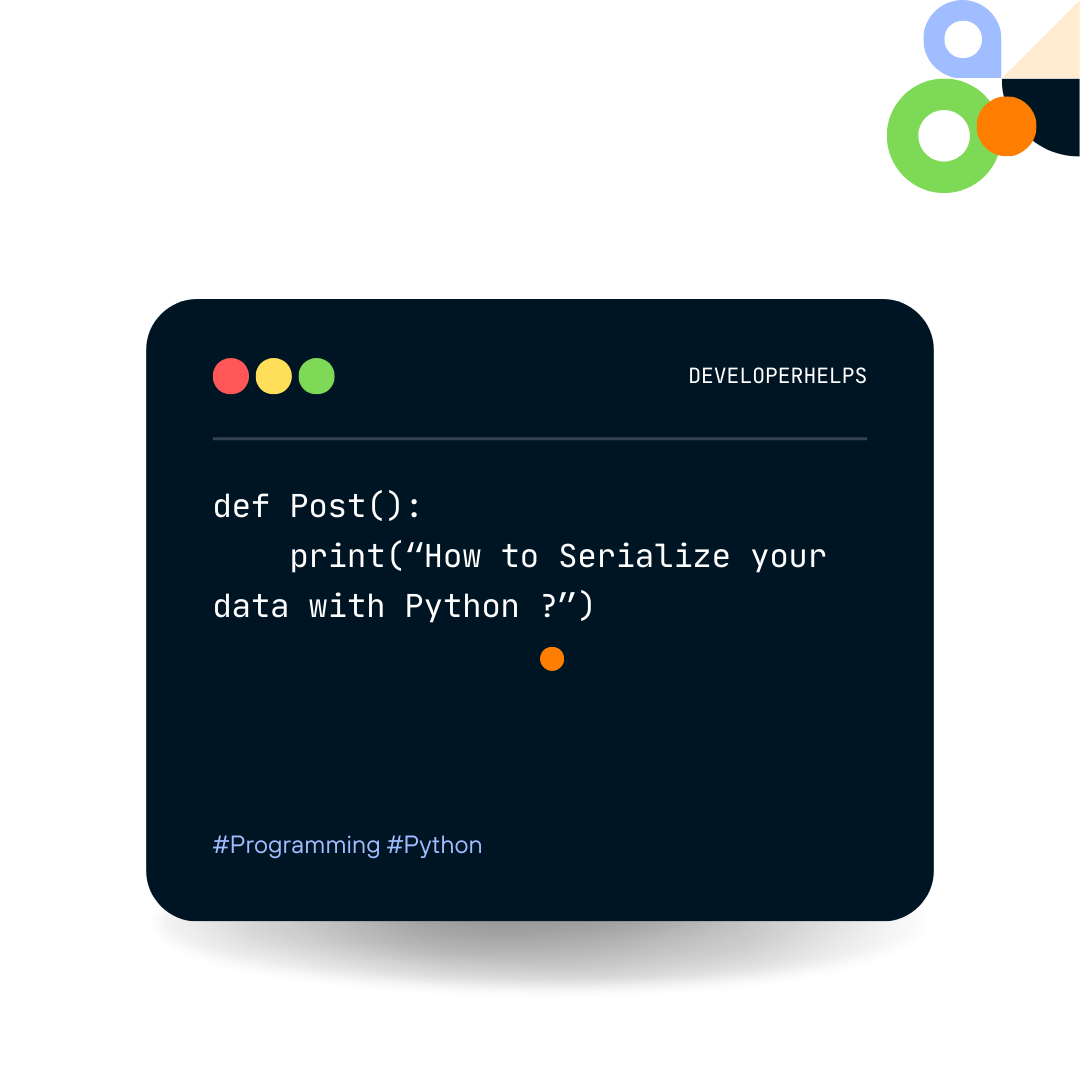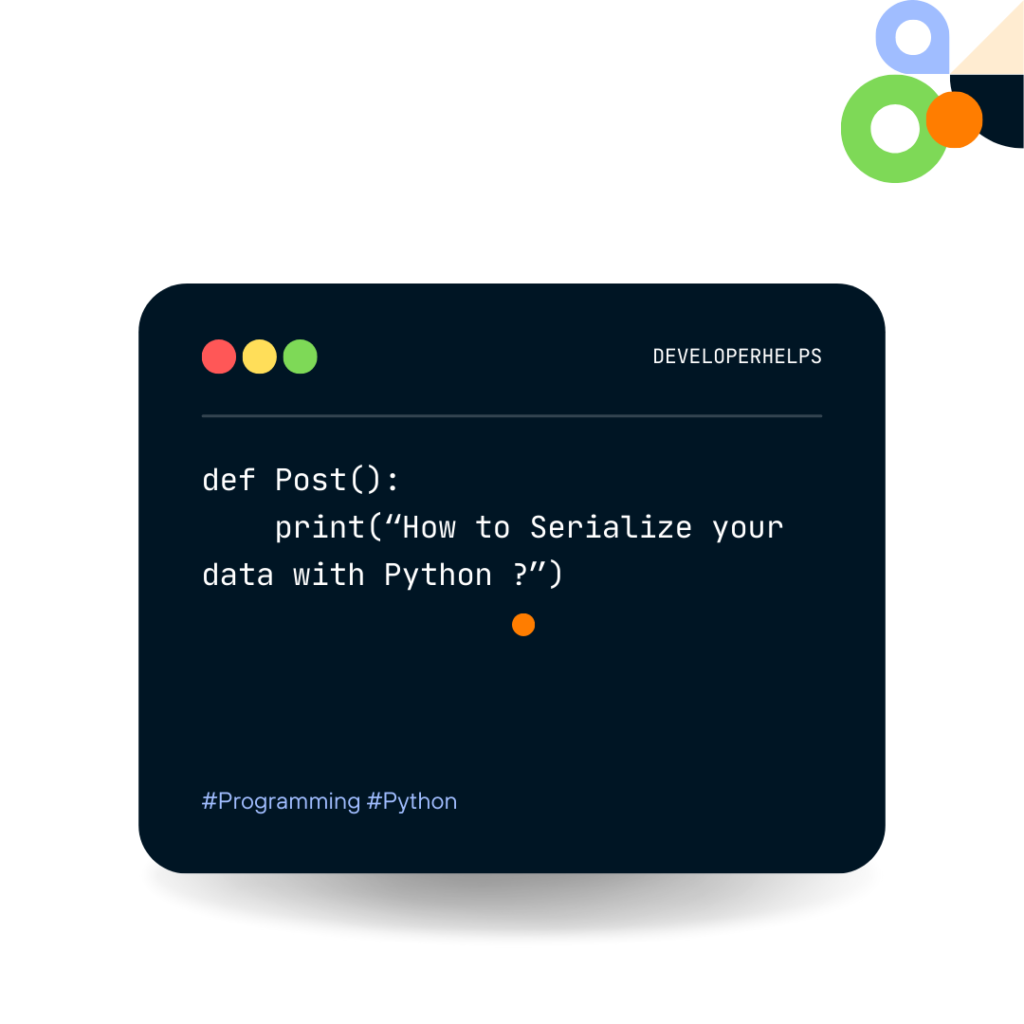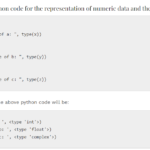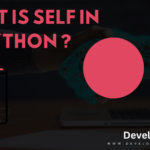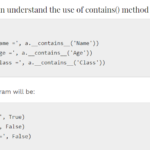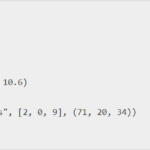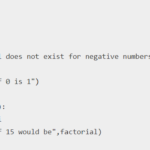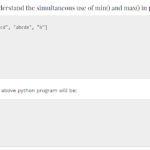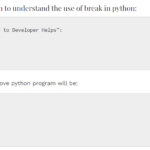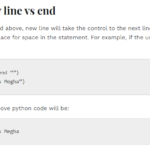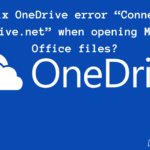In this tutorial, we will learn about how to serialize your data with Python. Data serialization is like packaging up information for a journey. It’s the process of transforming complicated data structures, objects, or variables into a neat format. This neat package can be easily stored, sent to others, or even unwrapped later when needed.
We do this for different reasons, like saving data, making systems talk to each other, or remembering the state of a computer program. The serialized data might look like a string, a bunch of binary code, or other types, depending on how we decide to wrap it up.
Primary goals of Data Serialization
- Portability: The format of serialized data should enable easy transfer between different systems or platforms without losing its meaning.
- Persistence: Serialized data empowers saving and later reconstructing the state of a program or object. It’s widely applied in scenarios like saving and loading data in applications.
- Interoperability: Serialized data eases communication between programs or systems implemented in different programming languages or operating on diverse platforms.
In Python, serialization is the process of converting data structures or objects into a format that can be easily stored, transmitted, or reconstructed later. Common serialization formats include JSON (JavaScript Object Notation) and pickle. Here’s how you can serialize your data using these formats.
Different Data Serialization Formats
In Python, we have different ways for Data Serialization. An explanation of each one is below.
By using JSON (JavaScript Object Notation)
JSON is a lightweight data interchange format that is easy for both humans to read and write, and for machines to parse and generate. The JSON module in Python provides methods for encoding Python objects into JSON format and decoding JSON back into Python objects.
- Pros :
- Human-readable format.
- Supported by many programming languages.
- Cons :
- Limited support for complex data types compared to Pickle.
Example :
Step 1: Import the JSON Module
import json
The JSON module in Python helps us work with JSON data.
Step 2: Create Python Data
data = {
"name": "John",
"age": 30,
"city": "New York"
}
Make a Python data structure. Here, it’s a dictionary, but JSON supports various types.
Step 3: Serialize Data to JSON in Python
json_data = json.dumps(data)
Use the dumps function from the JSON module to turn the Python data (data) into a JSON-formatted string (json_data). This is called serialization.
Step 4: Print or Use JSON Data
print(json_data)
Now, you can print the JSON-formatted string or use it as needed. Save it to a file and send it over a network or apply it wherever JSON data is needed.
This example demonstrates how to use Python’s JSON module to easily convert data to a format that’s ready for sharing or storage.
import json
# Step 2: Create Python Data
data = {
"name": "John",
"age": 30,
"city": "New York"
}
# Step 3: Serialize Data to JSON
json_data = json.dumps(data)
# Step 4: Print or Use JSON Data
print(json_data)
By using pickle
Pickle is a Python-specific serialization format that is more powerful than JSON as it can handle a broader range of Python objects. The pickle module in Python provides methods for serializing and deserializing Python objects.
Example :
Step 1: Import the Pickle Module
import pickleThe pickle module in Python helps us work with Pickle data, making it easy to save and load Python objects.
Step 2: Create Python Data
data = {
"name": "John",
"age": 30,
"city": "New York"
}
Make a Python data structure. It could be any Python object like a dictionary, list, or even a custom class.
Step 3: Serialize Data with pickle
pickle_data = pickle.dumps(data)
Use the dumps function from the pickle module to turn the Python data (data) into a serialized binary format (pickle_data). This is the serialization step.
Step 4: Save or Transmit pickle Data
with open("data.pkl", "wb") as file:
file.write(pickle_data)
Now, you can save the serialized data to a file. The web mode ensures it’s written in binary mode, which is suitable for Pickle data.
This example demonstrates how to use Python’s pickle module to serialize data for saving or transmitting as binary. It’s handy for preserving the state of Python objects.
import pickle
# Step 2: Create Python Data
data = {
"name": "John",
"age": 30,
"city": "New York"
}
# Step 3: Serialize Data with Pickle
pickle_data = pickle.dumps(data)
# Step 4: Save or Transmit Pickle Data
with open("data.pkl", "wb") as file:
file.write(pickle_data)
Conclusion
In conclusion, data serialization in Python is a crucial aspect of data management, enabling seamless storage, transmission, and reconstruction of complex data structures. This process, facilitated by libraries like JSON and Pickle, allows developers to efficiently save and load program states, share data across different systems, and enhance the interoperability of applications.
By understanding the diverse serialization formats, such as JSON for human-readable data and pickle for Python-specific structures, developers can tailor their choices to specific use cases. The ability to serialize data opens up avenues for effective communication between diverse systems, irrespective of the programming languages they use.
As you navigate the world of data serialization in Python, keep in mind the significance of choosing the right format based on factors like efficiency, readability, and interoperability. This knowledge empowers you to make informed decisions, ensuring your Python projects are well-equipped to handle data in a variety of scenarios.

